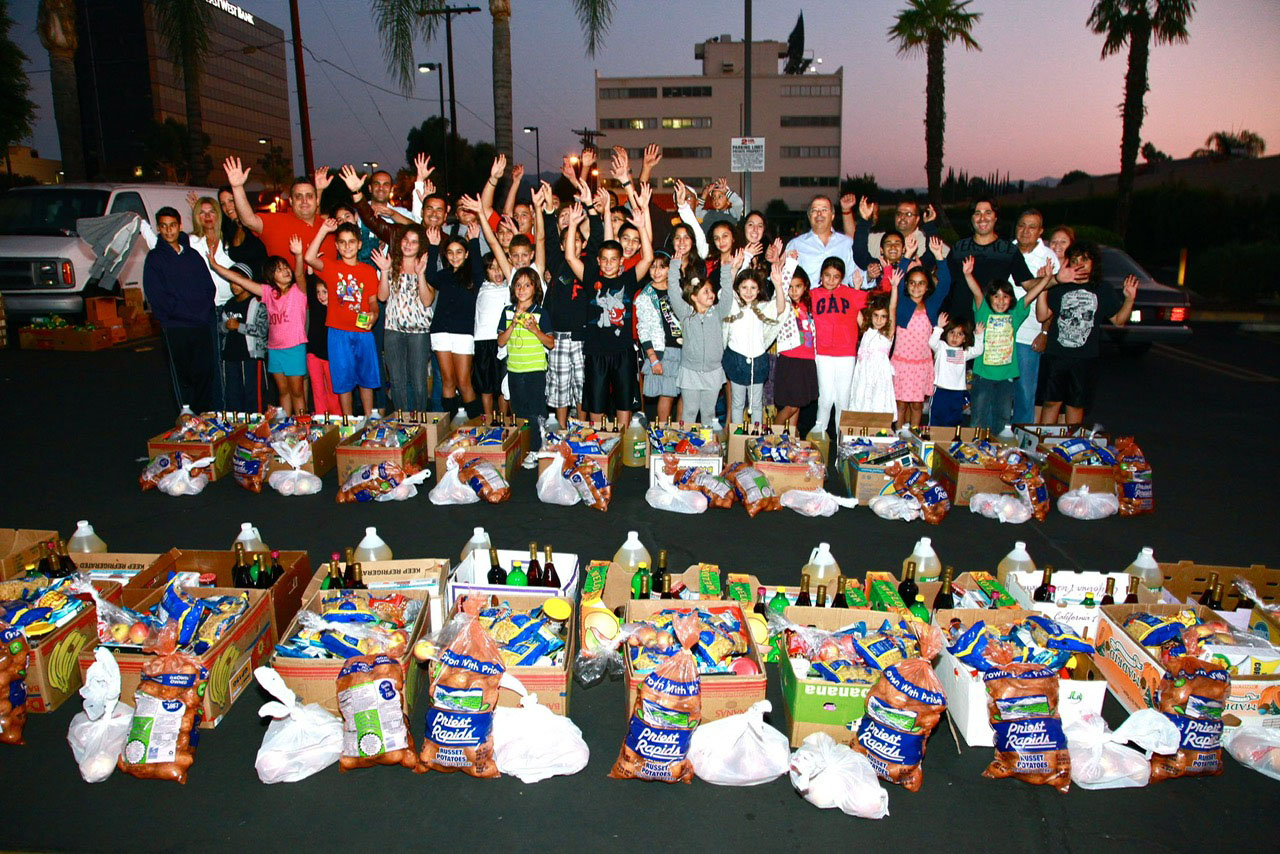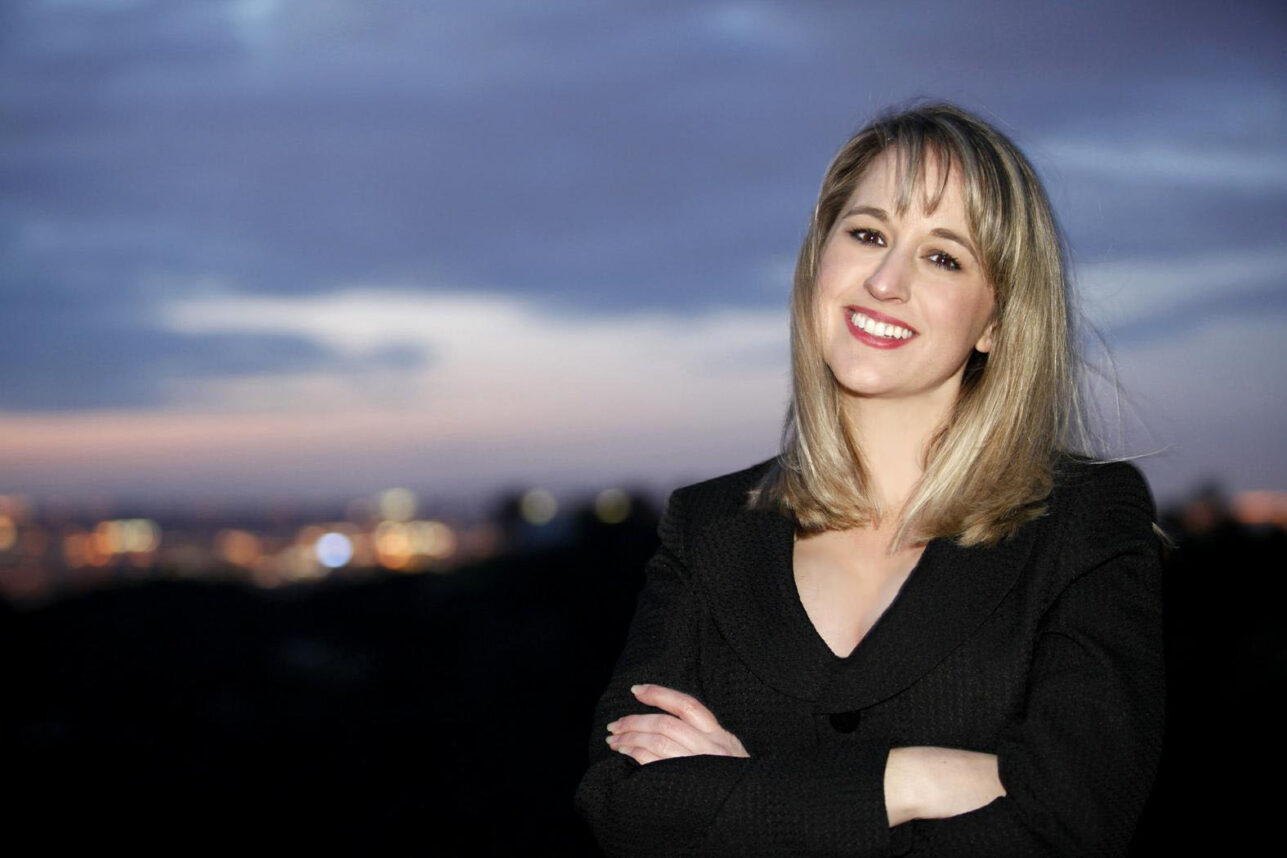
On Thursday Nov. 15, Jewish community leaders attended an online briefing to learn about the impact of the Woolsey and Hill fires on the greater Los Angeles community. The fires, which have killed several people and are destroying thousands of homes, also severely damaged or destroyed several iconic Southern California Jewish institutions, including Camp Hess Kramer and Gindling Hilltop Camp (both in Malibu and administered by Wilshire Boulevard Temple); the Shalom Institute/Camp JCA Shalom in Malibu; and the Ilan Ramon Day School in Agoura.
The Jewish Funders Network (JFN) convened the briefing to let local leaders and funders know how they and the community- at-large can best assist in recovery efforts. JFN has also collected a list of resources on their website, called “California Fires: How to Help.” Tzivia Schwartz Getzug, JFN’s West Coast director, who moderated the briefing, said she hoped that the virtual gathering would be “the first step in helping you to recover and rebuild.”
“It’s impossible from the outside to understand the devastation on the inside,” said Jay Sanderson, president and CEO of the Jewish Federation of Greater Los Angeles. “From the Federation’s perspective, [we] felt like this is our job: to jump in and become the center of the community and reach out to everyone including my three colleagues on this call and every institution.”
The Federation has opened its Valley offices to the impacted institutions as a home base for their operations as they communicate with their constituents and make plans for recovery; at Federation offices, affected organizations also have access to social workers, lawyers, Jewish Free Loan and the Federation’s real estate professionals organization, which is working with Wilshire Boulevard Temple Camps, the Shalom Institute and the Ilan Ramon School to guide their respective leaderships through recovery-related issues such as insurance matters or how to negotiate with the Federal Emergency Management Agency. They also established a resources hotline that’s available from 8 a.m. to 8 p.m., and in January will bring in people from the Israel Trauma Coalition to speak with students and others affected by the fires. In the interim, 100 percent of funds from the Federation Wildfire Relief Fund will go to those in need.
“We will continue to give everything and anything we can to the individuals and families affected, and everything and anything we can to the camps, the synagogues, the school (Ilan Ramon) and any other institution affected,” Sanderson said. “The devastation is pretty significant and what people who haven’t gone through something like this might not know is that it will take days, weeks, months and years for us to recuperate, and for us to really understand the depth and breadth of the impact of these fires, both physically, institutionally, emotionally and psychologically.”
“It’s not there anymore,” said Bill Kaplan, executive director of Shalom Institute & Camp JCA Shalom, speaking about the camp property where he’s worked for the past 28 years. “That’s basically what happened.” Kaplan said that although camp leadership can’t inspect the site right now because of danger from power lines and sinkholes, photos and aerial footage show the impact of the fire. It looked “like a bomb hit the whole valley,” he said. The cabin area is “pretty much destroyed,” as is half of the on-site motel. “But pretty much everything else,” he said, “has been completely destroyed.”
The Shalom Institute has “moved into a different mode,” Kaplan said, planning and identifying new locations for some of their summer and year-round programs, while noting that the Shalom Institute’s Shemesh Enterprises program for young adults with special needs already had found a new location. Twenty-nine people who had been living on site — mainly food service or kitchen staff — lost everything and are now displaced.
“We barely got out. We got our animals out and our year-round staff,” Kaplan said. “There was no loss of life; we just lost this beautiful, magical facility. We’re moving on and trying to handle the trauma. We’re trying to transition knowing that there’s nothing there.”
“Similar to the Shalom Institute, there’s not much left to our camps,” said Doug Lynn, executive director of the Wilshire Boulevard Temple Camps (WBTC). Lynn shared photos of the destruction with briefing attendees, noting that although the iconic Hilltop Menorah survived, Hilltop Camp is “nothing but rubble.” Some foundations and fireplaces survived, but most buildings are damaged or destroyed. At Hess Kramer, while the infirmary and the office still stand, out of the camp’s 95 individual structures, 85 were destroyed.
“The outpouring from the community has been amazing,” Lynn said, noting that the global alumni community has held 17 pop-up events in various places like Arizona, Israel, New York and Northern and Southern California.
“Anywhere where there’s more than two Wilshire alumni or current families, they’ve figured out how to be together in these moments and put their arms around each other and share memories and stories and start to heal. And we’re going to do it,” Lynn said, noting that they’re already looking at sites for next summer. He also said people were “coming out of the woodwork with offers of food, clothing, guest houses, apartments … whatever it takes is what we’re going to do.”
Rabbi Paul Kipnes of Congregation Or Ami in Calabasas, said his staff has been working 19 hours a day for a week; even before the fires, the community already had been reeling from its proximity to the Borderline bar shooting in Thousand Oaks.
“Personally, I’m in PTSD right now,” Kipnes said. “It’s just overwhelming.”
Kipnes confirmed that 80 percent of Or Ami congregants had been evacuated from their homes. Along with volunteers from all over the country, Kipnes has called every congregant twice and reached out to college students who are “a mess” because they’re too far away to help their families. He noted that strategic advice from the Federation has been particularly helpful, and spoke of the challenges to come, especially with rebuilding.
“Even if your insurance is good, in many cases, it just won’t be good enough,” Kipnes said, pointing out that with the fires likely to leave a toxic mess, “there will be a delta between what insurance covers and what needs to be done. This is going to be a long time to fix up.”
Wilshire Boulevard Temple’s Lynn agreed. “We’re not at all going to be done with this for years to come. [It’s a] long haul and we’re all ready for it but not sure we’re mentally really understanding what that means.”
“We’re literally offering everything we can to move forward,” Sanderson said. “There are a thousand things we’re trying to put into place right now without even anticipating what we don’t know.”
WBTC’s immediate priority is to care for displaced staff and help them find jobs and temporary housing, Lynn said. Kaplan said helping staff and shifting operations, including where to run programs, was the Shalom Institute’s priority as well.
“We’re down but we’re not out,” Kaplan said. “We’re camp people — camp people are going to figure it out, how to move forward.”
For more information about how to help see “California Fires: How to Help,” at the JFunders.org website.


































